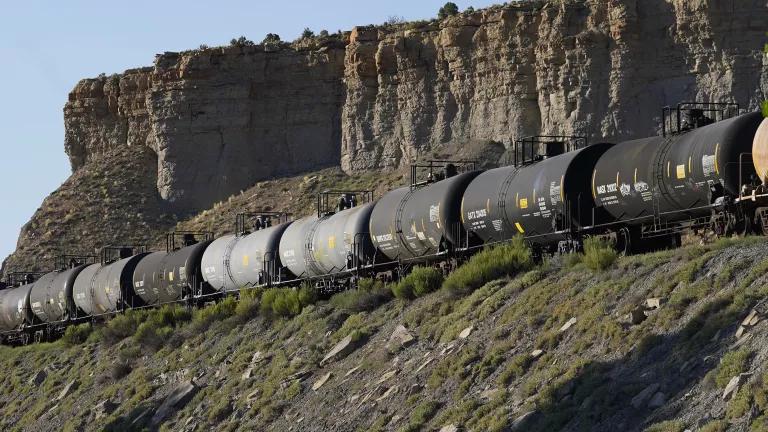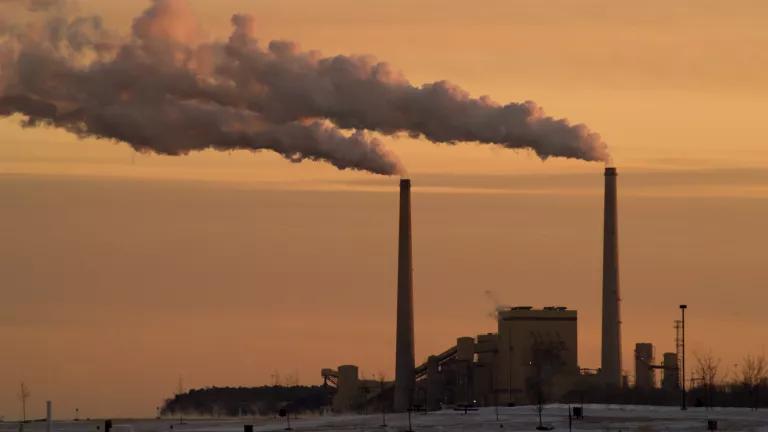Cleaner and Cheaper: Using the Clean Air Act to Sharply Reduce Carbon Pollution from Existing Power Plants, Delivering Health, Environmental, and Economic Benefits
On the night he was re-elected, President Obama told the nation that he wants "our children to live in an America…that isn’t threatened by the destructive power of a warming planet." In his first post-election press conference the President defined how by saying, "we can shape an agenda that says we can create jobs, advance growth and make a serious dent in climate change and be an international leader."
We agree. Climate and energy experts at the Natural Resources Defense Council crafted a groundbreaking proposal to do just that, originally presented in December 2012. This plan can create jobs, grow the economy, and curb climate change by going after the country’s largest source of climate-changing pollution—emissions from the hundreds of existing power plants. NRDC's proposal shows how the Environmental Protection Agency, in partnership with the states, can set new carbon pollution standards under existing authority in the Clean Air Act that will cut existing power plant emissions 26 percent by 2020 (relative to peak emissions in 2005). The approach includes an innovative provision that will drive investment in cost-effective energy efficiency, substantially lowering the cost of compliance, lowering electricity bills, and creating thousands of jobs across the country.
The March 2014 issue brief presents an updated analysis of that proposal, including a more ambitious variant and additional scenarios demonstrating that states and power companies have many options for achieving big reductions in carbon pollution from power plants at a low cost, and with large net benefits for our economy, health, and environment. This analysis describes the following cases:
- Reference case, which assumes no new policies and is benchmarked to the reference case of the Energy Information Administration’s Annual Energy Outlook of 2013.
- Moderate, Full Efficiency case, which assumes the same emission standards and achievable energy efficiency resources as in NRDC’s 2012 analysis.
- Moderate, Constrained Efficiency case, which assumes the same emission standards and one-half the achievable energy efficiency resources as in NRDC’s 2012 analysis.
- Ambitious, Full Efficiency case, which assumes more stringent emission standards and the same achievable energy efficiency resources as in NRDC’s 2012 analysis.
- Ambitious, Constrained Efficiency case, which assumes more stringent emission standards and one-half the achievable energy efficiency resources as in NRDC’s 2012 analysis.
- Ambitious, Constrained Efficiency, PTC case, which assumes more stringent emission standards and one-half the achievable energy efficiency resources as in NRDC’s 2012 analysis, plus an extension of the wind energy production tax credit until 2020.



